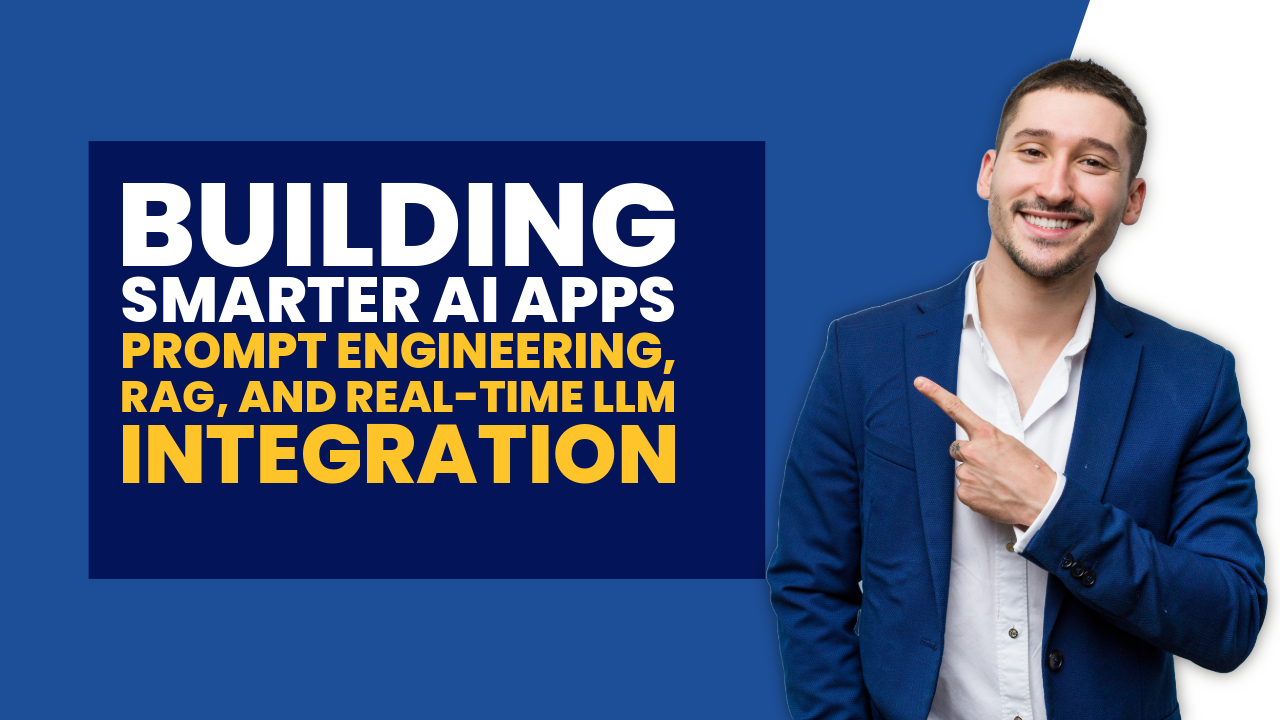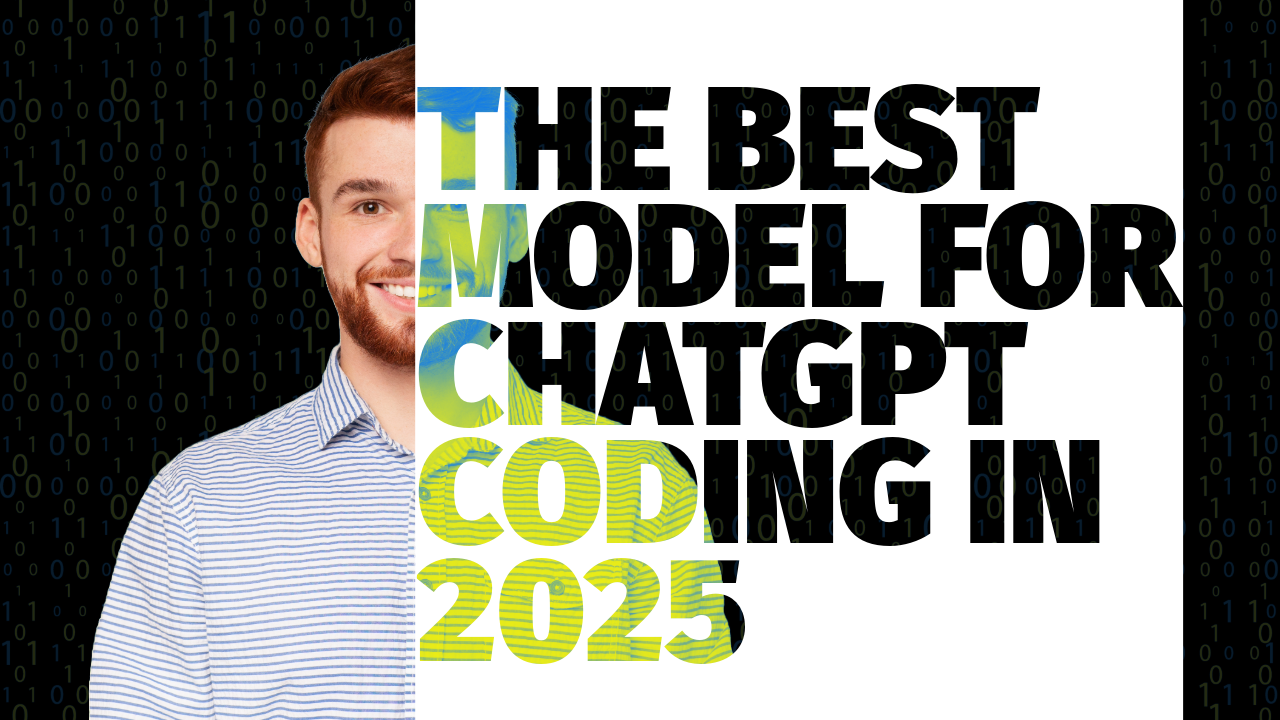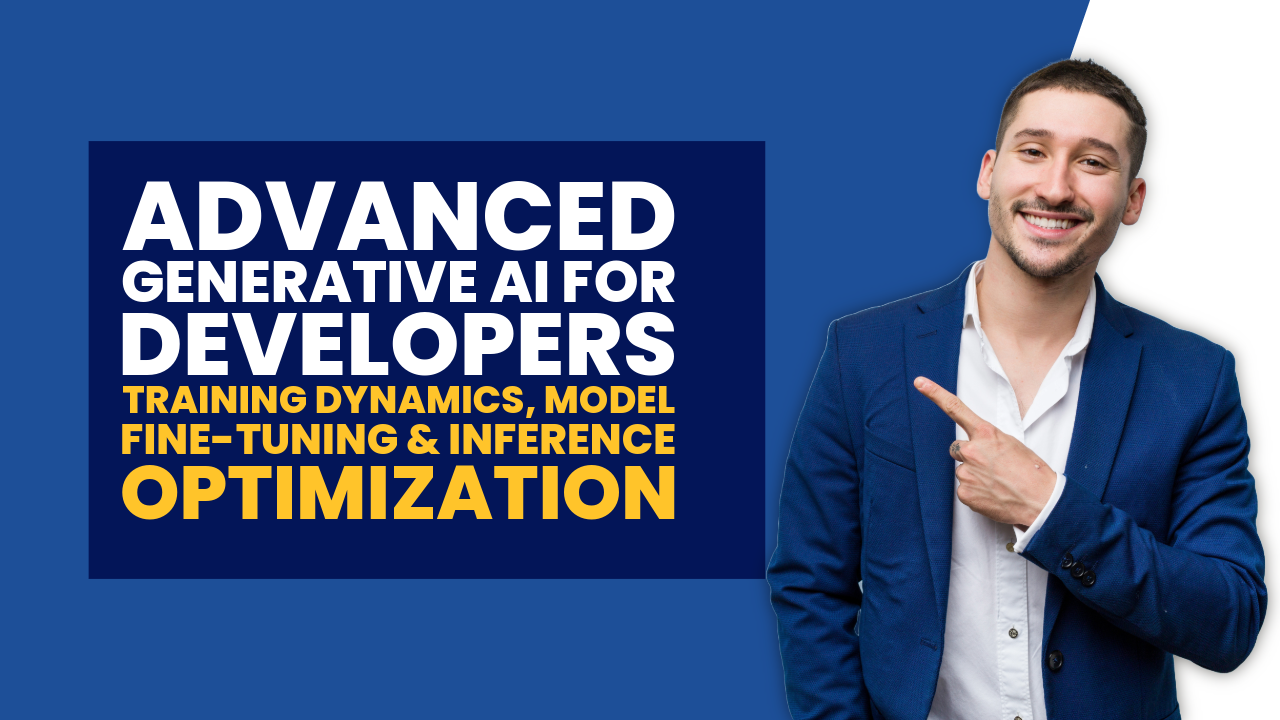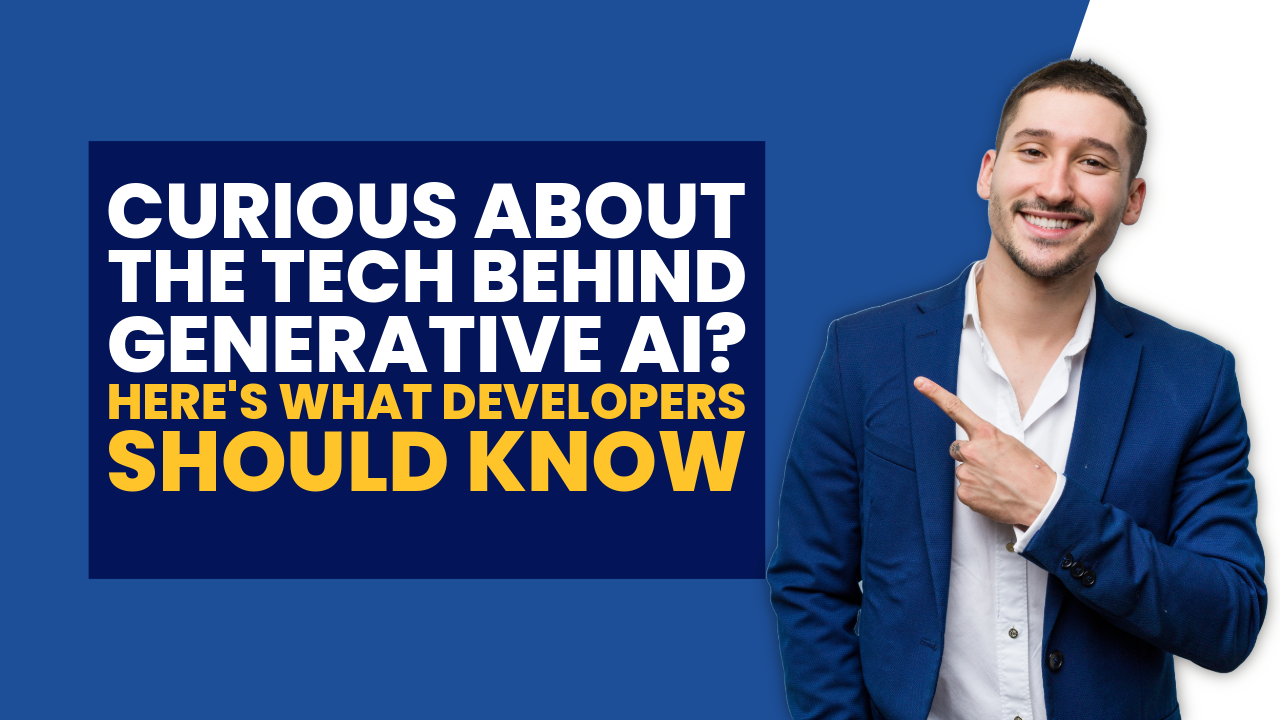In Curious About the Tech Behind Generative AI? Here’s What Developers Should Know and Advanced Generative AI for Developers: Training Dynamics, Model Fine-Tuning & Inference Optimization, we discussed neural networks, transformers, training dynamics, and model optimization. Now let’s shift gears into application development: how to get the most out of generative models without retraining them, and how to build AI-powered apps that respond in real time.
This part covers:
- Prompt engineering (zero-shot, few-shot, chain-of-thought)
- Retrieval-Augmented Generation (RAG)
- Building full-stack real-time AI apps with open-source or hosted LLMs
Prompt Engineering — Getting More from LLMs Without Training
Prompt engineering is the art of crafting effective input instructions to steer an LLM toward desired output — without retraining the model.
Core Prompting Techniques
Zero-Shot Prompting
You ask the model to do something directly:
"Translate this sentence into German: I am going to the airport."
Few-Shot Prompting
You provide a few examples in the prompt:
"Translate the following:
- English: I love pizza → German: Ich liebe Pizza
- English: I am happy → German: Ich bin glücklich
- English: She is tired → German:"
Chain-of-Thought Prompting (CoT)
You encourage the model to reason step-by-step:
"Q: A train leaves at 3 PM and takes 2 hours. What time will it arrive?
Let's think step-by-step:"
Role-based Prompts
Give the model a persona:
"You are a helpful travel guide. Help a tourist plan 3 days in Mallorca."
System + User + Assistant Prompting
In structured APIs (like OpenAI’s), prompts are broken into roles:
[
{"role": "system", "content": "You are a finance expert."},
{"role": "user", "content": "How should I invest 10,000 euros?"},
]
Retrieval-Augmented Generation (RAG) — Inject Knowledge at Runtime
LLMs are trained on static data — they don’t “know” new or private information. RAG solves this by combining search + generation in real-time.
RAG Architecture
- Query → User asks a question
- Retriever → Search your knowledge base (docs, PDFs, databases) using vector similarity (via FAISS, Weaviate, etc.)
- Generator → The LLM generates an answer using both the question and retrieved documents
Vector Search Tools
- FAISS: Facebook’s efficient similarity search library
- Weaviate: Scalable vector DB with REST/gRPC APIs
- ChromaDB, Qdrant, Milvus: Other great options
How to Implement RAG
- Convert your content (PDFs, websites, CSVs) to text
- Chunk and embed it using models like
sentence-transformersortext-embedding-ada-002 - Store embeddings in a vector DB
- At runtime: search → retrieve → insert into prompt → call LLM
Frameworks:
Building Real-Time AI Apps with LLMs
You can build apps using either hosted APIs (like OpenAI) or open-source models (like Mistral, LLaMA 3, Falcon).
Typical Stack for AI-Powered Apps
| Layer | Tools |
|---|---|
| Frontend | React, Next.js, Svelte |
| Backend | FastAPI, Node.js, Django |
| LLM Access | OpenAI API, vLLM, LM Studio |
| RAG Engine | LangChain, LlamaIndex |
| Vector Store | FAISS, Weaviate, Chroma |
| Hosting | Cloudflare, AWS, Hugging Face Spaces |
Hosting Open-Source Models
Use:
- Text Generation Inference (TGI) by Hugging Face
- vLLM for ultra-fast LLM serving
- LM Studio for local inference
API Integration
Sample FastAPI wrapper:
@app.post("/generate")
async def generate_response(prompt: str):
response = model.generate(prompt, max_tokens=100)
return {"output": response}
Streaming Tokens
Use server-sent events (SSE) or WebSockets for streaming output in real-time chat apps:
sse-starlette(Python)react-use-sse(JS)WebSocket(for bi-directional comms)
Conclusion
From Prompt to Production, by now, you’ve learned how to:
- Steer LLMs through prompt engineering
- Expand their knowledge using retrieval-augmented generation
- Build real-time, production-ready apps using hosted or open-source LLMs
This is the future of software: apps that think, talk, and adapt — powered by your understanding of how to mix neural networks, search, and smart prompts.





